The ancient city of Myra is best known for St. Nicholas and famous especially for the Lycian period rock tombs.
Location of Myra
The ancient city of Myra, located in and around the centre of today’s Demre district of Antalya. It was located on the river Myros (today’s Demre River). Remains of this ancient city are situated about 1.5 km north of today’s Demre. See map below.
Myra a leading city of the Lycian Union. It is not known exactly when the city was founded, however, there have been findings to prove that it has existed since the 5th century. It was one of the six most important cities of ancient Lycia (others: Tlos, Pinara, Patara, Xanthos and Olympos). Myra was one of the 6 cities which had 3 votes in the Lycian Confederation. In the Byzantine period, Myra was one of the leading cities in terms of administration as well as religious.
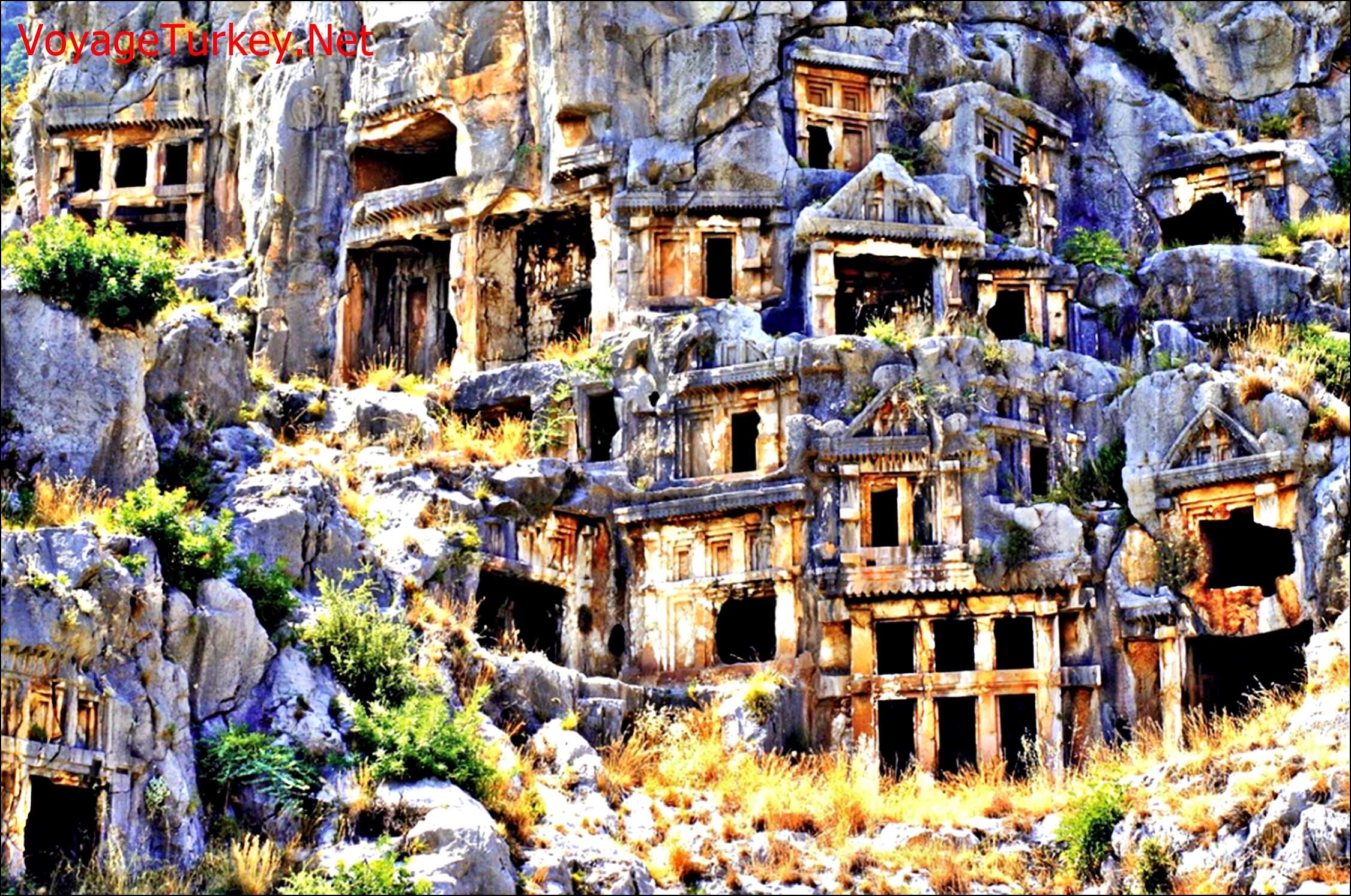
Myra is famous especially for the Lycian period rock tombs, the Roman Theater and the Byzantine Period Saint Nicholas Memorial Museum (Santa Claus).
Rock Tombs of Myra
The rock tombs, the Lycian inscriptions and the coins show that Myra was at least present in the BC. 5th century. Myra became a great development in the 2nd century. In the city, which is the metropolis of the Lycian Union, many buildings were built and repaired with the help of the Lycian rich people.
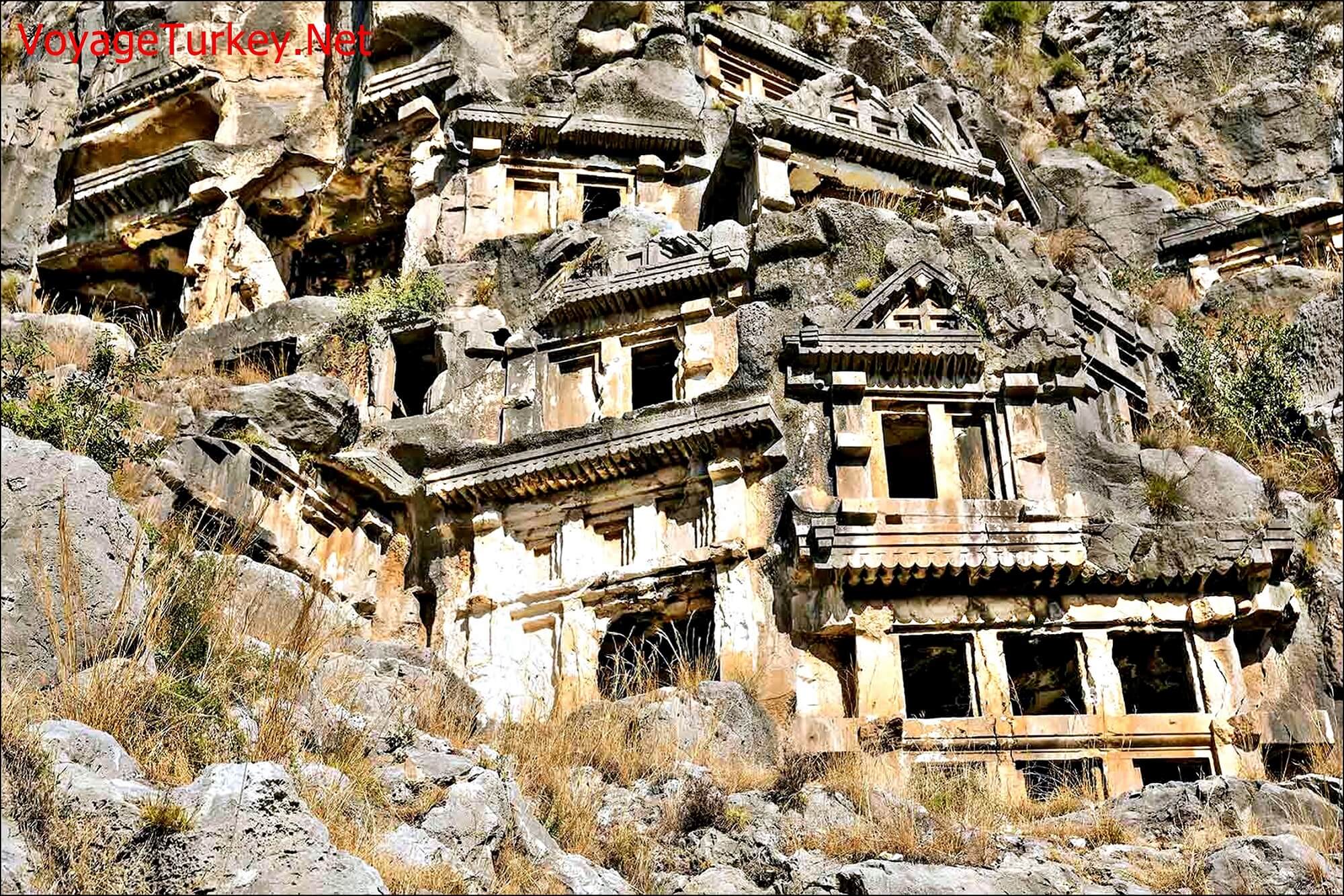
St. Nicholas
The ancient city of Myra is best known for St. Nicholas. St. Nicholas, who died here in 342 A.D. was the bishop of this Mediterranean city during the 4th century. Every year in December the St. Nicholas Commemoration Ceremony is held, attracting many tourists who spend their Christmas holiday on the sunny coast of ancient Lycia.
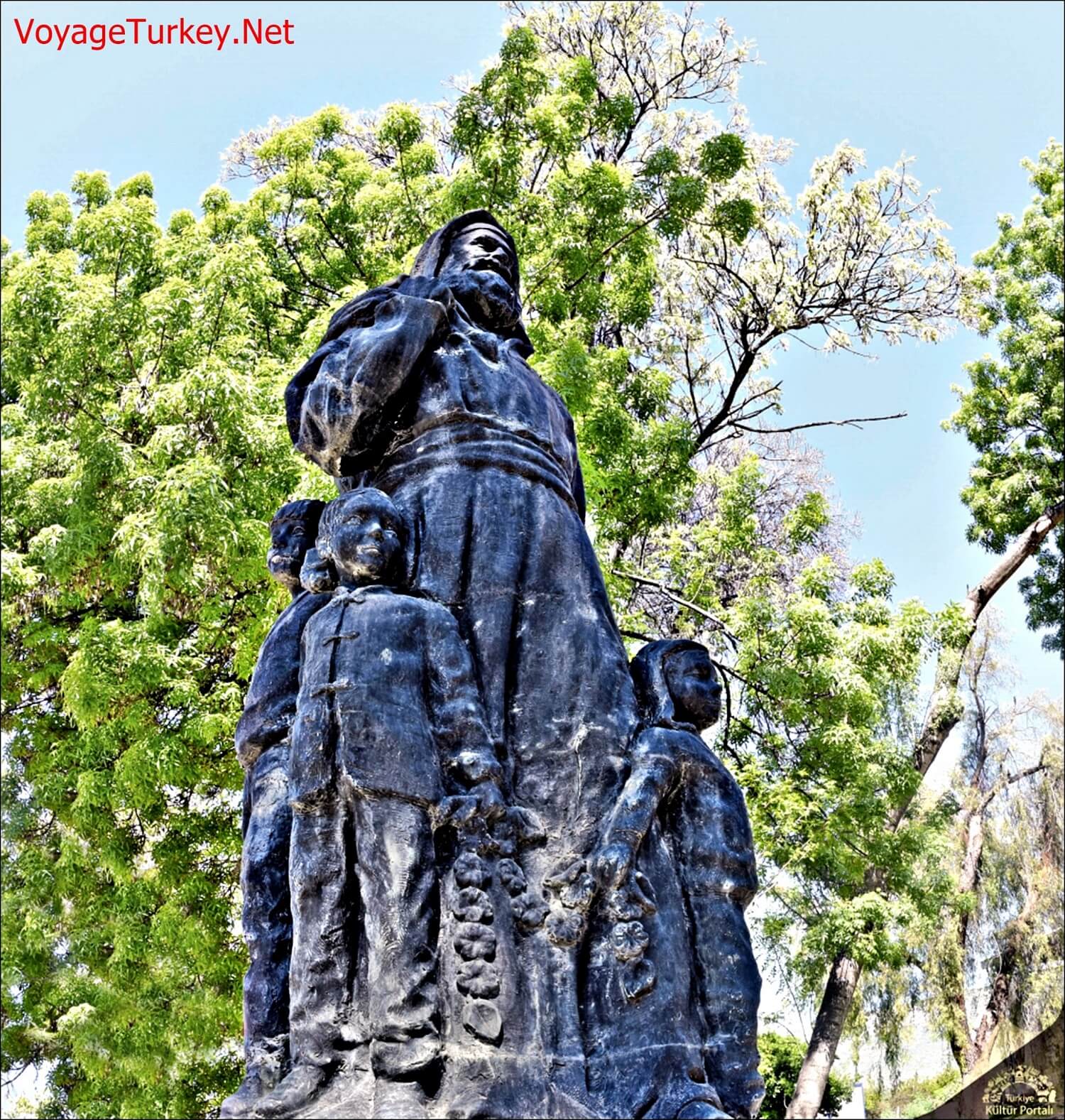
Myra owes it’s fame to the fact that St. Nicholas became the bishop of the city and to beatify a saint after his death and a church was built in his name.
The Ancient City of Myra is of special importance for Christianity as it is the city where St. Paul and his friends are regarded as the most famous of Christian missionaries.
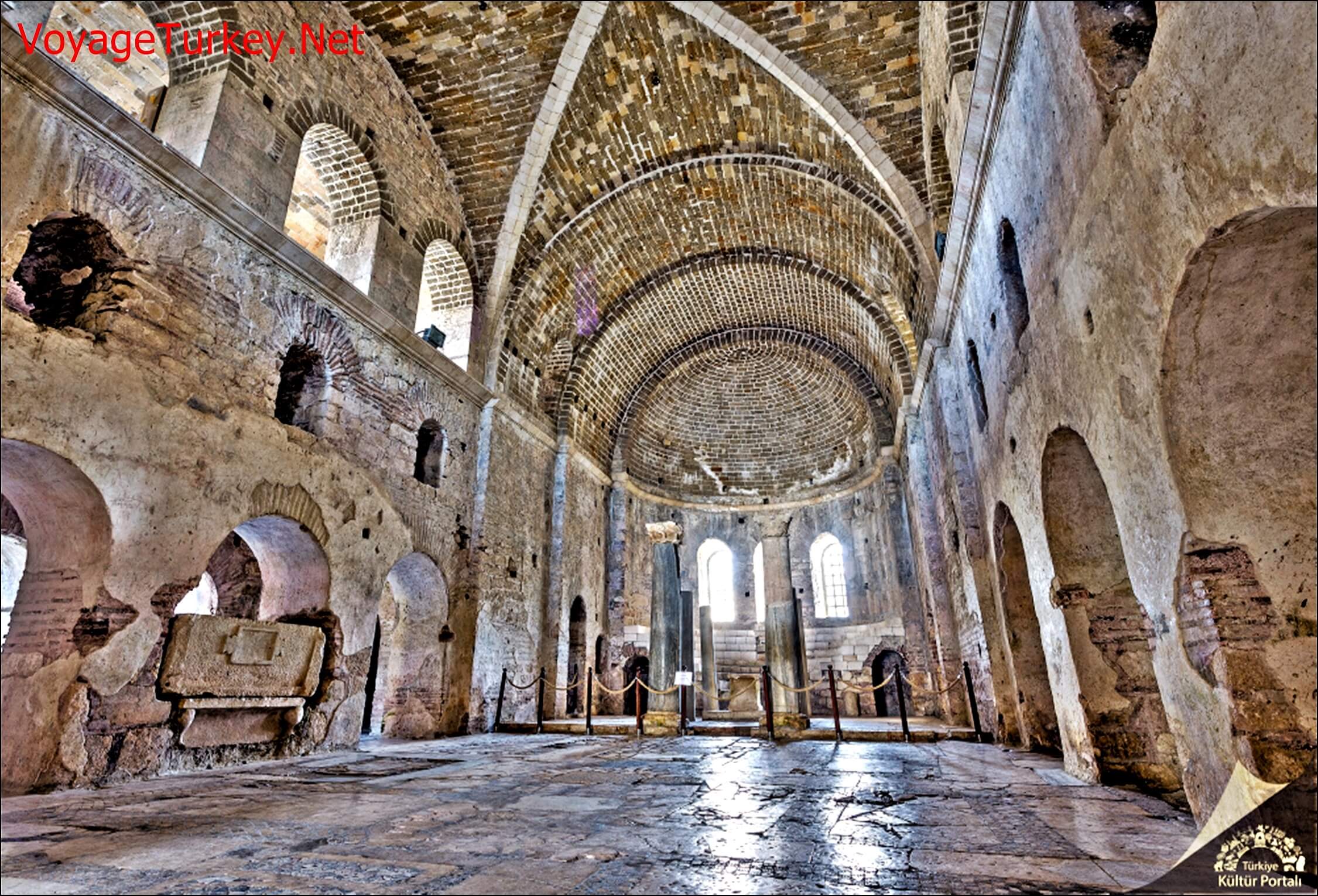
The Largest Amphitheatre of The Lycia
Myra is well known for its amphitheatre. This amphitheatre is the largest one in Lycia. This structure reflects the characteristics of a well-preserved Roman theatre, with both seating rows and stage buildings.
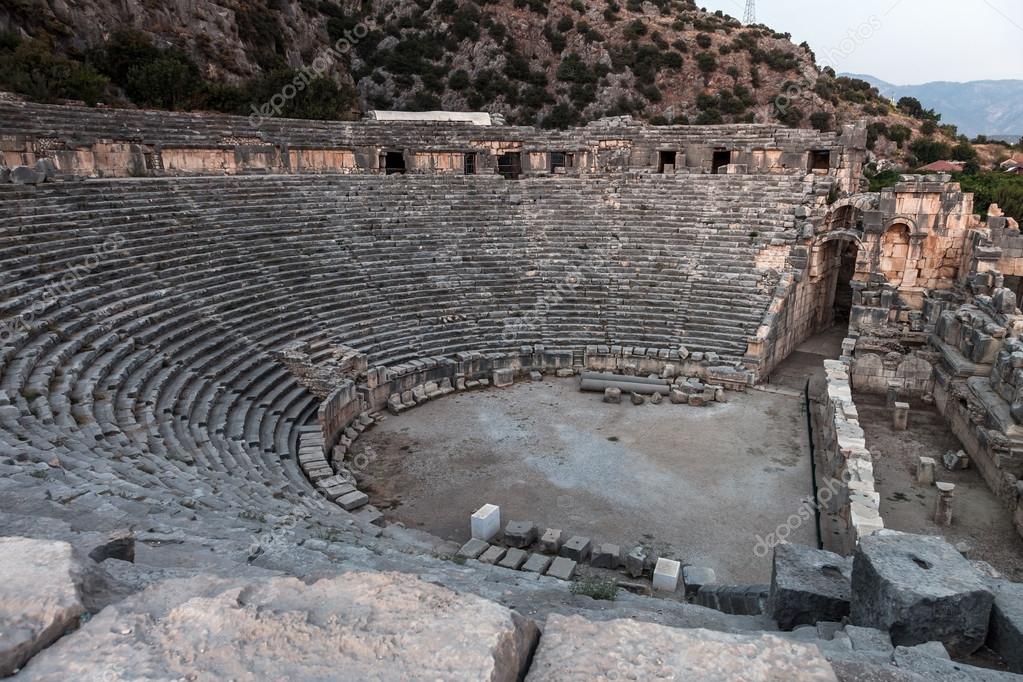
In ancient Myra, many rock tombs overtook the splendid theatre.
Opening and Closing Time
Box-Office Summer Opening/Closing Time: 08:00/19:00
Summer Visit Opening/Closing Time: 08:30/19:00
Box-Office Winter Opening/Closing Time: 08:00/16:30
Winter Visit Opening/Closing Time: 08:30/17:30
Closing Day:
The first day of religious holidays is closed until noon.
Admission Fee: 30 TL (for the year of 2019)
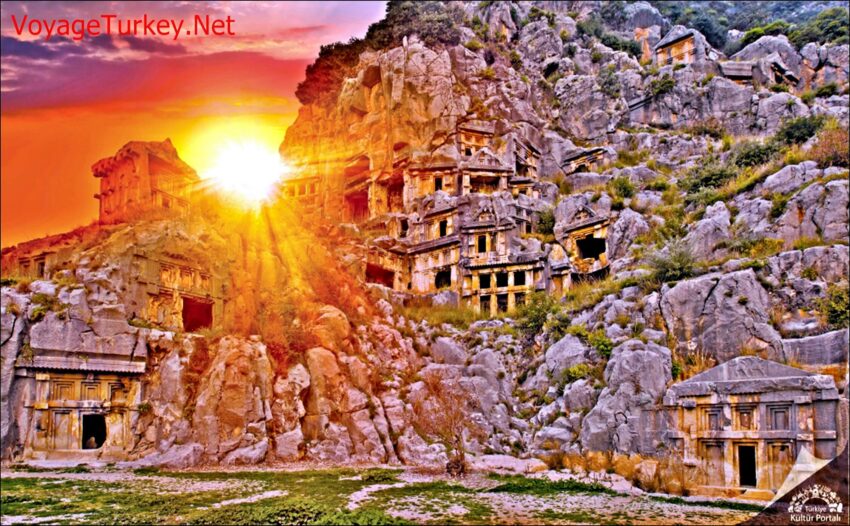
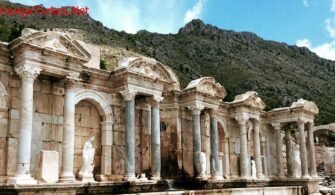
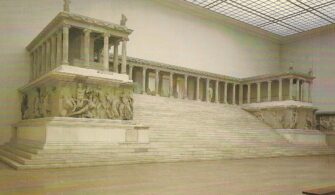
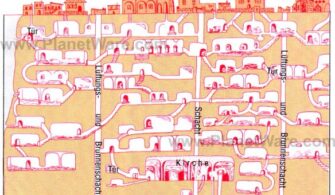
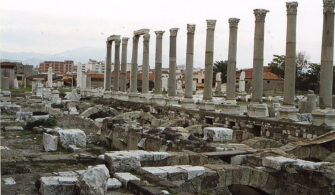
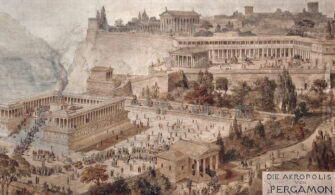
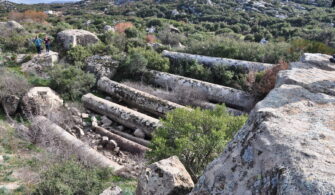
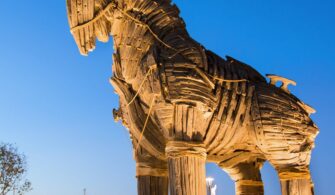
Yorumlar (1)